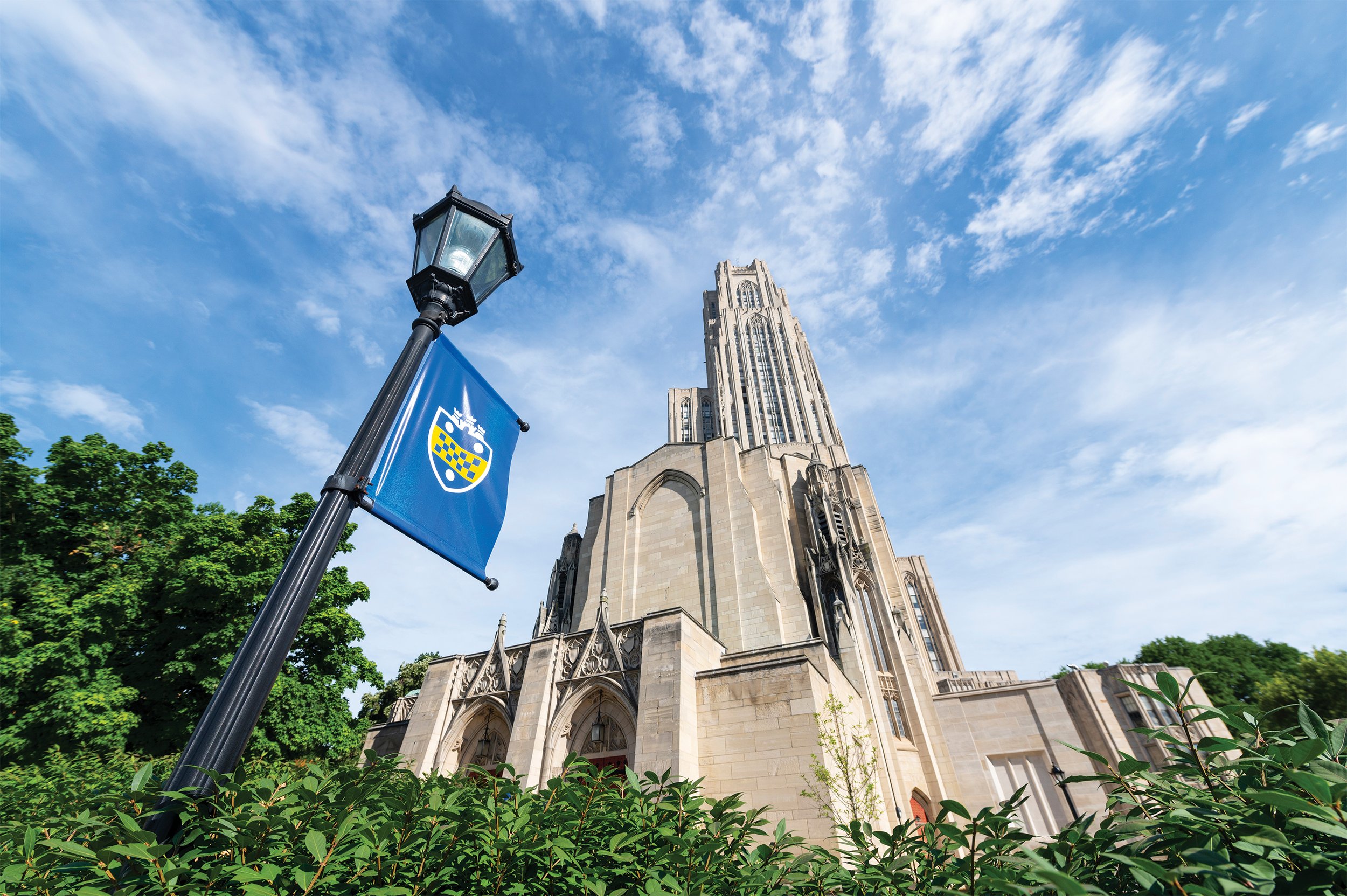
DRIVEN BY THE SEARCH
University of Pittsburgh Office of the Senior Vice Chancellor for Research 2021-22 Annual Report
Explore the 2021-22 Annual Report

Pitt Research Powered by Vision, Determination, Innovation, Collaboration
$1.07B
Pitt Joins an Elite Group with More than $1 Billion in Expenditures.
Pitt surpassed a landmark of $1 billion in research expenditures, placing the University among an elite national cohort of research peers.
The University of Pittsburgh was one of the first institutions to receive samples of the novel coronavirus from the Centers for Disease Control and Prevention to begin work on preventing spread of the virus.
A Message from the Senior Vice Chancellor for Research
Rob A. Rutenbar
Senior Vice Chancellor for Research
The University of Pittsburgh is home to a vast research enterprise. While the University’s advances in health sciences are deservedly recognized around the world, a lot more research is happening at Pitt. Some of our work is well known. Some of our scholars and researchers are prominent in individual fields and some are creating new fields. Researchers at Pitt help to expand both the possibilities of our region’s innovative and resilient economy and the limits of wonder—often at the same time.
Research in some vastly different fields of study may appear to have nothing in common. But one motivation drives all research: curiosity.
Years before a biologist identifies viruses that combat bacterial infections, a student wonders at the organisms living in a soil sample.
Years before a historian develops an index of world geography, a student wonders where the Yellow River is in China.
Decades before an engineer creates a computer that can endure space travel, a student wonders why her computer gets hot.
Curiosity leads to exploration. Now the student needs tools, techniques, guidance and a supportive environment. With hard work and some luck, exploration leads to insight—the who, what, where, why and how of the nature of life, the functioning of machines or the phenomena of the cosmos.
With more hard work, some luck and then still more hard work, insight can lead to discovery—finding what has never existed, realizing a new use for what exists, unearthing what has been overlooked. Research leads to application. It acts on the world, changes the world, creates new realities. With even more hard work, that initial curiosity can become a technique, a device, a medicine or a form of expression that leaves its mark on the world.
Research may once have been portrayed as a lonely endeavor. It certainly is not. Collaboration and support are critical to any success.
The Office of the Senior Vice Chancellor for Research works alongside our faculty, staff, students, business partners and supporters at every stage of the research process to consult on funding opportunities; unify computing resources; and constantly forge connections with entrepreneurs, investors and marketers who can bring discoveries into the lives of millions.
Our goal is to offer the structure, support and pathways to collaboration that help researchers—and their curiosity—to thrive.

In 1787, six months before the adoption of the U.S. Constitution, Pennsylvania’s state legislature chartered an academy of learning, the Pittsburgh Academy (later named the Western University of Pennsylvania, and, even later, the University of Pittsburgh). At the time, it was considered the first of its kind west of the Allegheny Mountains.
From its earliest years, the University attracted bright minds. Samuel P. Langley came to Pittsburgh in 1867 from the U.S. Naval Academy to serve as director of the Allegheny Observatory and a professor of astronomy at Pitt. By 1869, he had devised a system to regularly transmit the exact time to subscribers, a forerunner of standard time.
The subscriptions became a source of research funding, and his interest turned to flight. Today, Langley’s Aerodrome Number 6, the second self-powered heavier-than-air flying machine, which flew more than 5,000 feet over the Potomac River in November 1896, remains aloft, displayed from the ceiling in the University’s Wesley W. Posvar Hall.
When Langley left Pittsburgh for the Smithsonian Institution, he had his motto inscribed over the door of the Children’s Room in the Smithsonian Institution Building: “Knowledge begins in wonder.”
That sense of wonder continues to take flight daily at Pitt. The University’s strategic plan—the Plan for Pitt—is guided by our people, programs and purpose. Woven through these three pillars, in many ways, is Langley’s motto.
Just like the students, researchers and scholars who walked these halls before us, we move from wonder to knowledge to discovery to solution.
To excel in our research programs, we purposefully direct ourselves to:
> create more preeminent teaching, learning, scholarship and research experiences and
> increase our engagement in multidisciplinary, solution-sized research projects.













